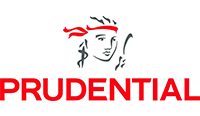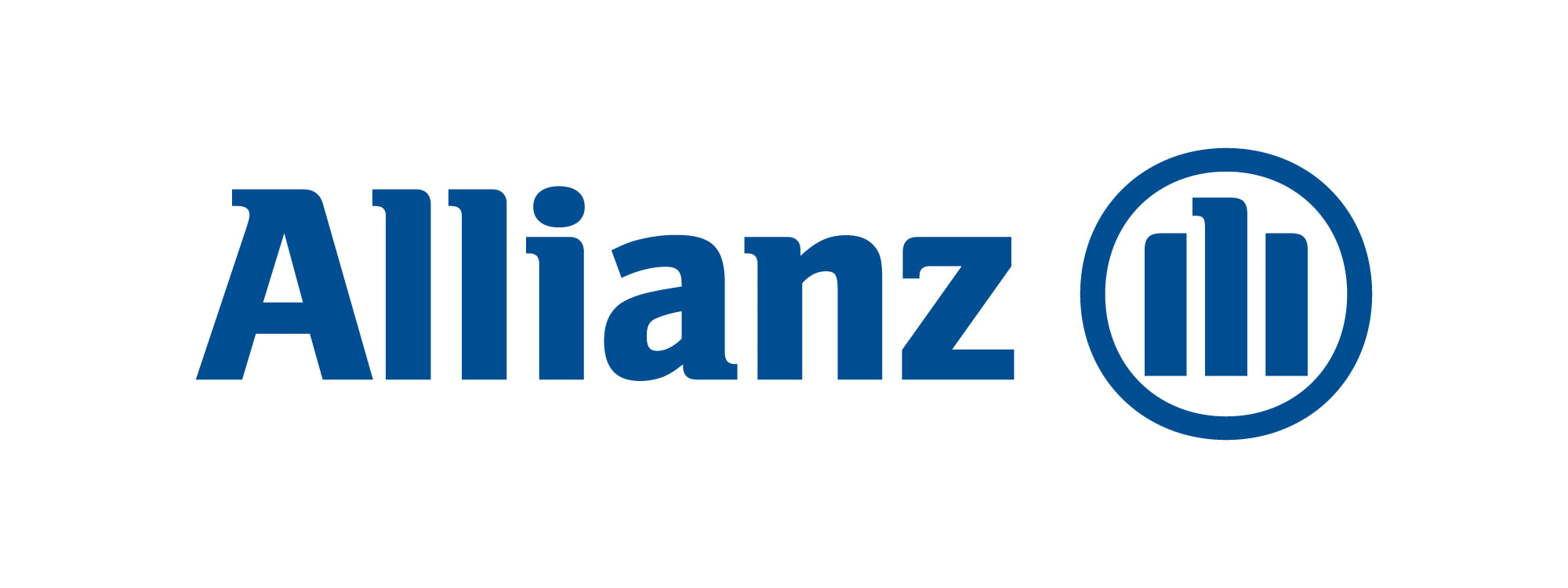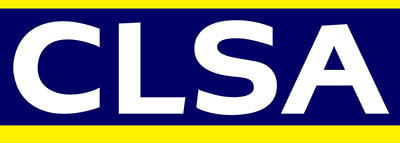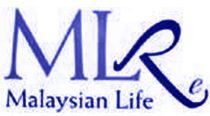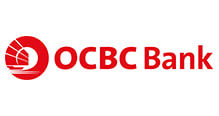|
So you’ve got your customer in the palm of your hand. Having checked in on needs and values you are now ready to close the deal. But wait, have you emphasized value over price? How does buying your product solve their problem? Reaching a deep need and solving it for the customer far outweighs price. It takes a heavy weight off their shoulders. Price has now become a secondary consideration. It is now time to actually ask for the sale. I have seen salespeople get so caught up on going through all their product points that they actually forget to. In fact if you are tuned in to your customer, you will identify a feeling that deeply resonates within you. This is rapport.
Being attuned with this feeling is sharpening your senses, what we in NLP call sensory acuity. How acutely aware are you to the people and surroundings that you encounter daily? Learning the art of picking up on clients’ language and getting a sense of how relaxed they are, is paramount to closing the sale. Ever so slowly and in tandem with the client’s rhythm, asking for the sale is an intuitive call. “Would you like to place the order now?” must only happen when you get that feeling the time is right. It is an art to hone in on that intuitive feeling, something that is sharpened at an NLP course. This is also the time to anticipate objections. A crucial part of effortless selling that can make or break the deal. Preparing for this is a precautionary strategy that will hold you in good stead. Every customer is different so anticipating what the customer may ask is done effectively by stepping into their shoes. If you are able to answer objections confidently, you by now have won your customer over. Prepare thoughtful responses that demonstrate your expertise and build trust. By using an agreement frame like “I totally agree and……” rather than “But…..” the customer feels heard. You agreed and now you put your point forward. It is gracious rather than abrasive. Learn the art of reframing well to handle objections. Respond to objections as an opportunity to get nearer to closing a sale. Objections are never personal. They come from a person’s internal buying strategy. Some are automatic – they buy immediately. Others need to hear you ask a few times before they buy. Last of all, some require a period of time to mull over it. Seek to understand your customer. If they say call me in 6 months, do exactly that. I know a top car saleswoman who listened to her customers and that is what they loved. Her respect for their preferences was paramount. This was her winning formula. Personally I prefer customers who ask many questions. To me it is a sign that they are engaged and interested. Clients who do the opposite - nod and say “no questions” are generally not engaged which is not a good sign. Over time a good salesperson would be prepared with a list of common objections related to their products and services. Be driven by prepared responses to the question “what else could this situation mean for the client?” Think about how you could open the client’s mind to something that he has not seen. This is called the art of reframing, taught in NLP courses. To sum it up, understanding the sales process intimately well will augur well for you to sell your products and services successfully. Practising these techniques will save you time and energy. It will give you the confidence to strategise, build rapport, handle objections and close sales like a pro. Learn how to do these effectively and these will be the building blocks that boost your business. The key is to approach selling in a consultative, value-driven way that feels natural and authentic.
0 Comments
Your comment will be posted after it is approved.
Leave a Reply. |
SYLVIA FERNANDES
Sylvia is a qualified Neuro Linguistic Programming (NLP) Master Trainer. She started her business in Sydney and is now based in Singapore. Archives
December 2024
Categories |
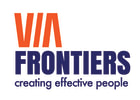
 RSS Feed
RSS Feed
